Ipomoea horsfalliae Hook. is a tropical morning glory vine from the Convolvulaceae family, native to the Caribbean Islands. Other names for the Ipomoea horsfalliae are cardinal creeper (not to be confused with cardinal climber), Prince Kuhio Vine or Lady Doorly’s Morning Glory. The fast growing, evergreen, twining climber grows up to 3 m and blooms Read More »
Read the full article…
The botanical name for the commonly called Indian shot, Canna indica, is based on one of the biggest errors in human history, because “indica” means, originated from India. As Christopher Columbus discovered the “new world”, he thought while sailing westward, he could discover a new sea route to East Asia. As we know, he arrived Read More »
Read the full article…
As the names Rose Cactus or Leaf Cactus suggests, Pereskia bleo (Kunth) DC. 1828 is a member of the Cactus family (Cactaceae). The rose cactus has first been described by the German botanist Karl Sigismund Kunth 1823 as Cactus bleo, in the year 1828 the Swiss botanist Augustin-Pyrame de Candolle classified the attractive tropical cactus Read More »
Read the full article…
The Crown Flower (Calotropis gigantea), also called Madar shrub is a tropical plant native to Cambodia, China, India, Indonesia, Malaysia, Philippines, Sri Lanka and Thailand and grows wild along seashores. The Crown Flower (Calotropis gigantea), with its Hoya-like flowers belongs to the family Apocynaceae, subfamily Asclepiadoideae. The Madar shrub can reach a height up to Read More »
Read the full article…

Zingiber zerumbet (L.) Roscoe ex Sm., commonly called Shampoo Ginger or Awapuhi, is a tropical, flowering plant from the ginger family (Zingiberaceae). Shampoo ginger is native to India and has been introduced to the Hawaiian island through early Polynesian settlers. The rhizomes of Awapuhi are used in folk medicine, while the clear slimy juice from Read More »
Read the full article…

Hoya naumannii Schltr. 1908 has been found at the island of Bougainville (Papua New Guinea) in the year 1873. The German botanist Rudolf Schlechter named the wax flower plant in honour to its finder Naumann. Hoya naumannii flowers reach a size of about 2 cm. Flowering period: September – October © Orchids Flowers.com Image: Hoya Read More »
Read the full article…

Aristolochia gigantea Mart. & Zucc. is a tropical vine with spectacular, gigantic flowers. Aristolochia gigantea, also called Calico flower or Pelican flower, is native to Brazil, Mexico and Panama and requires a, hot, tropical climate. The magnificent flowers can reach a size up to about 40 cm. The plant grows up to a length of Read More »
Read the full article…

Like many Hoya, wax flowers, Hoya excavata Teijsm. & Binn. 1863 flowers are highly fragrant. The strong, but very pleasant scent is reminescent of vanilla. Hoya excavata is native to Borneo and has been primarily described by the Dutch botanists Johannes Elias Teijsmann and Simon Binnendijk in 1863. Flowers are grouped in umbels of …
Read the full article…

Roselle (Hibiscus sabdariffa) is an annual herb, native to tropical Asia and Africa. The dark red Roselle (Hibiscus sabdariffa) fruit is widely used in folk medicine and for natural food coloring. Roselle plants reach a height of about 2,5 meters, flowers get a size of about 8 – 10 cm and are short-living. Leaves of Read More »
Read the full article…

Bauhinia x blakeana Dunn 1908, commonly called Hong Kong Orchid Tree is a natural hybrid between Bauhinia variegata and Bauhinia purpurea. As many hybrids the Bauhinia Blakeana is sterile, which means the plant doesn´t produce seed, it has to be propagated by cuttings and air-layering. The Hong Kong Orchid Tree has been found about the Read More »
Read the full article…

A red Hoya mindorensis Schltr. 1906 was the first waxflower of the Hoya mindorensis species, which has been found in the Philippines. Hoya mindorensis plants are available in several colors. The beautiful flower balls get a size of about 10 cm in diameter. © Orchids Flowers.com Image: Red Hoya mindorensis Schltr. 1906
Read the full article…
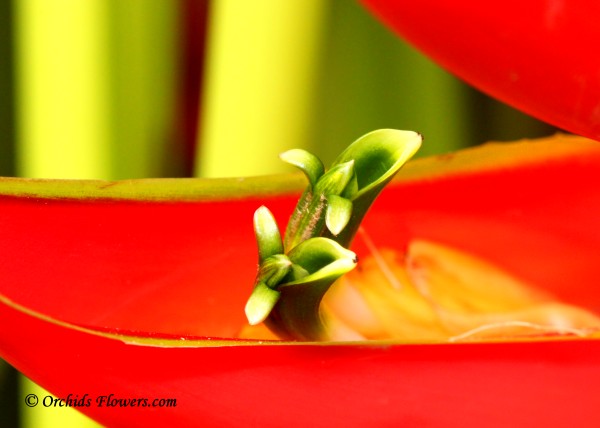
The spectacular Heliconia stricta Huber, also called red Lobster´s claw, has been classified by the Swiss-Brazilian botanist Jacques Huber (1867–1914), who did pioneering research work on the flora of the Amazon. Heliconia stricta is native to the Caribbean islands, Central America and South America and reach a heigth of about 1,8 m. As all the Read More »
Read the full article…
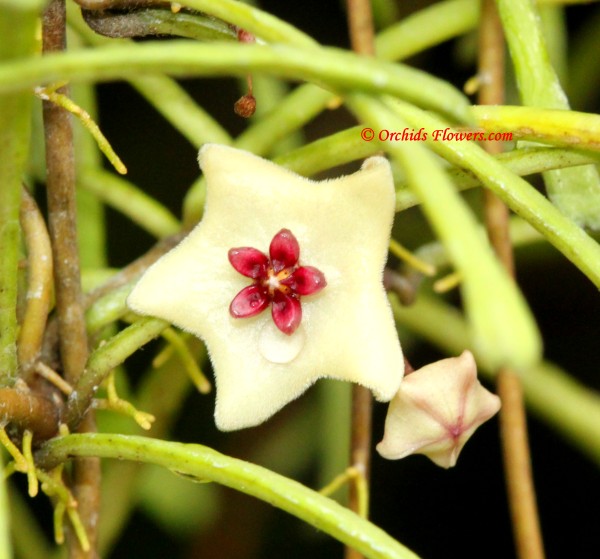
Hoya retusa Dalzell 1852 is an epiphytic growing Hoya wax flower, found in India and Indonesia. The shape of the leaves of the Hoya retusa species is quite different to other Hoya plants, the leaves are thin and long like spider legs. Flowers appear singulary, not like other Hoyas in umbels of many flowers. The Read More »
Read the full article…

The Indian Lotus (Nelumbo nucifera Gaertn.), with its impressive, white, pink or sometimes yellow flowers, also called Hindu Lotus, is an aquatic plant from the Nelumbonaceae family. The Indian Lotus (Nelumbo nucifera Gaertn.) is native to India, Bangladesh, Southeast Asia and China. The flowers, seeds, young leaves, stems and rhizomes (roots) are edible. Lotus flowers Read More »
Read the full article…

The tropical climber Hoya camphorifolia Warburg 1906 has been discovered by the German botanist Otto Warburg on the island of Luzon, Philippines. The small, pink flowers (about 0,5 cm) open in the morning and close in the evening. Hoya camphorifolia flowers are short-living and last just 1 or 2 days. They have a slight scence, Read More »
Read the full article…










 Lemonia (Ravenia spectabilis)
Lemonia (Ravenia spectabilis) Bulbophyllum orectopetalum
Bulbophyllum orectopetalum Phalaenopsis cornu-cervi Blume & Rchb. f. 1860
Phalaenopsis cornu-cervi Blume & Rchb. f. 1860 Epidendrum ciliare (Coilostylis ciliaris)
Epidendrum ciliare (Coilostylis ciliaris) Man of the Earth (Ipomoea pandurata)
Man of the Earth (Ipomoea pandurata) Dendrobium infundibulum Lindl.1859
Dendrobium infundibulum Lindl.1859 Paphiopedilum insigne
Paphiopedilum insigne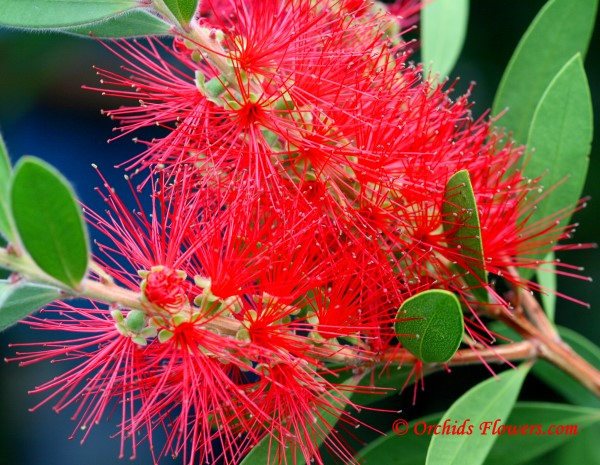 Crimson Bottlebrush (Callistemon citrinus)
Crimson Bottlebrush (Callistemon citrinus) Phalaenopsis Golden Beauty
Phalaenopsis Golden Beauty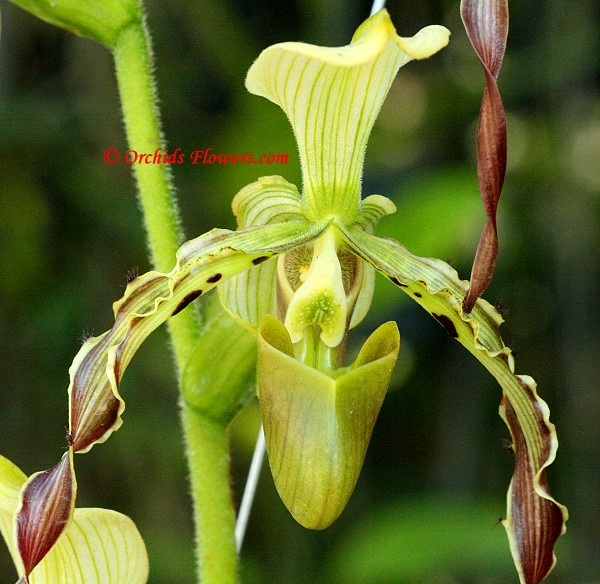 Paphiopedilum parishii
Paphiopedilum parishii Hoya megalaster
Hoya megalaster Vandachostylis Thai Sky
Vandachostylis Thai Sky Phalaenopsis violacea fo. coerulea Christenson
Phalaenopsis violacea fo. coerulea Christenson Oceanblue Morning Glory (Ipomoea indica)
Oceanblue Morning Glory (Ipomoea indica) Buddha’s Lamp (Mussaenda philippica var. aurorae)
Buddha’s Lamp (Mussaenda philippica var. aurorae)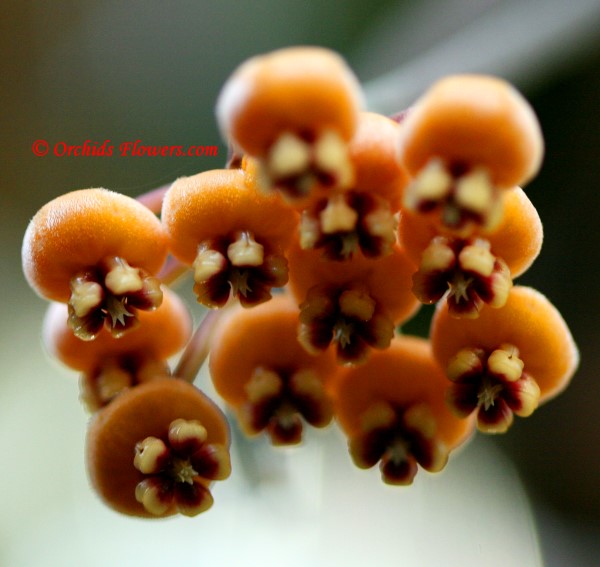 Hoya waymaniae Kloppenb.1995
Hoya waymaniae Kloppenb.1995 Brassia Eternal Wind “Summer Dream”
Brassia Eternal Wind “Summer Dream” Phalaenopsis × valentinii
Phalaenopsis × valentinii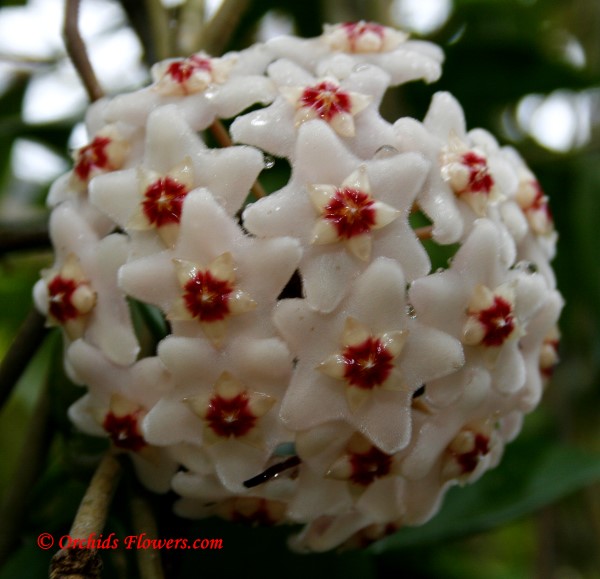 Hoya carnosa white
Hoya carnosa white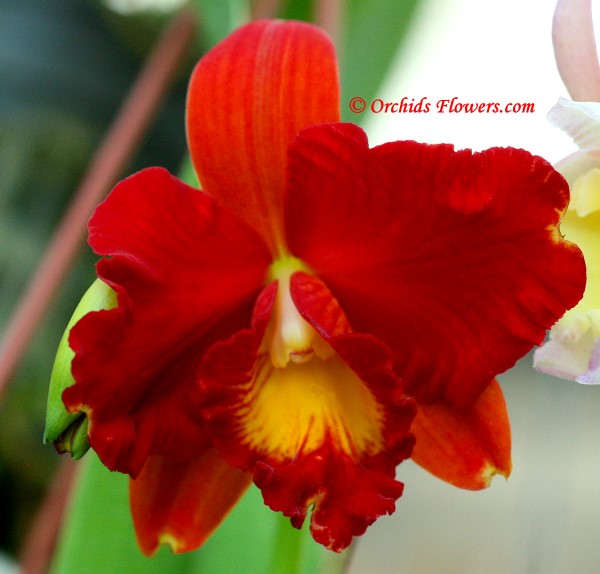 Cattleya Tainan City
Cattleya Tainan City


 Hoya macgillivrayi F. M. Bailey 1914
Hoya macgillivrayi F. M. Bailey 1914 Monkey Flower Tree (Phyllocarpus septentrionalis)
Monkey Flower Tree (Phyllocarpus septentrionalis) Bulbophyllum sikkimense (Cirrhopetalum sikkimense)
Bulbophyllum sikkimense (Cirrhopetalum sikkimense) Spathoglottis Citrus Cooler Sorbet
Spathoglottis Citrus Cooler Sorbet